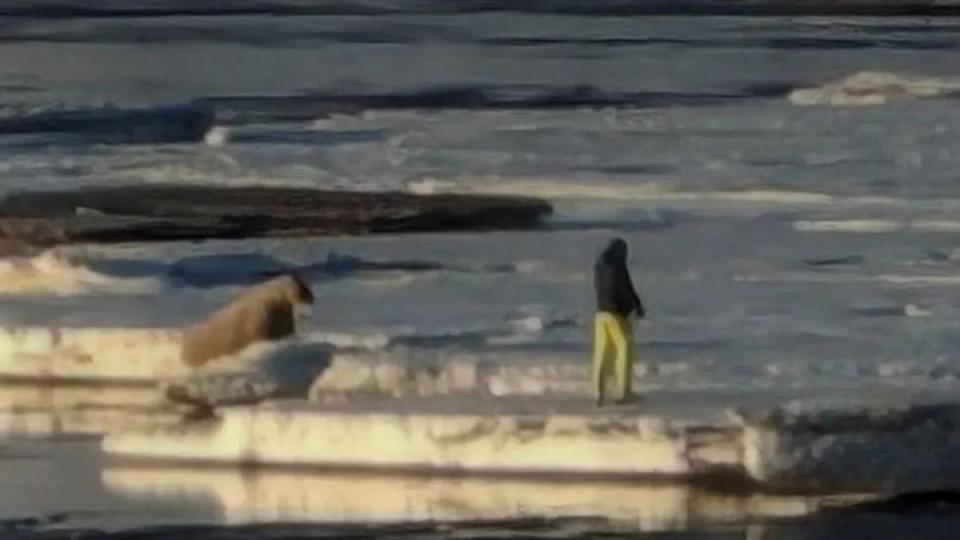Tourist fined £900 for disturbing walrus in Norway

A tourist has been fined £900 for getting too close to a walrus in Norway.
Members of the public alerted the local authorities in the Norwegian Arctic archipelago of Svalbard after they saw a man going onto an ice floe to approach the animal. It is thought he was trying to get a photo of the animal.

Under local law, it is illegal to cause unnecessary disturbance to wildlife in Svalberg, which lies halfway between the northern coast of mainland Norway and the North Pole.
The Svalbard Environment Act protects against disturbing polar bears, seals, whales, reindeer and arctic foxes, as well as walruses.
The man, believed to be from Poland, was taken to the governor’s office after the incident and fined 12,500 Norwegian Kroner, roughly equivalent to £900.
“The governor encourages everyone to keep a good distance from walruses so that they are not disturbed and so that no danger to people occurs,” the governor’s office said in a statement.
Police prosecutor Magnus Rindal Fredriksen said the incident happened “very close to Longyearbyen, at the bottom of the fjord”. He said the tourist had arrived in the area on the same day.
Walruses in Svalbard became protected in 1952 after heavy commercial exploitation over the previous three centuries had reduced the local population to just a few hundred.
Since the measures were introduced, the population of walruses has grown steadily but it remains on the Norwegian National Red List.
The Norwegian government has announced tougher regulations over concerns with the impact of tourism and climate change due to come into place next year. They include a ban on getting within 150 metres of a walrus. Other measures include a cap on cruise ships and designated landing sites.
Svalbard is popular with tourists during spring and summer as the sun doesn’t set at night in the high Arctic during what is known as “midnight sun”.

